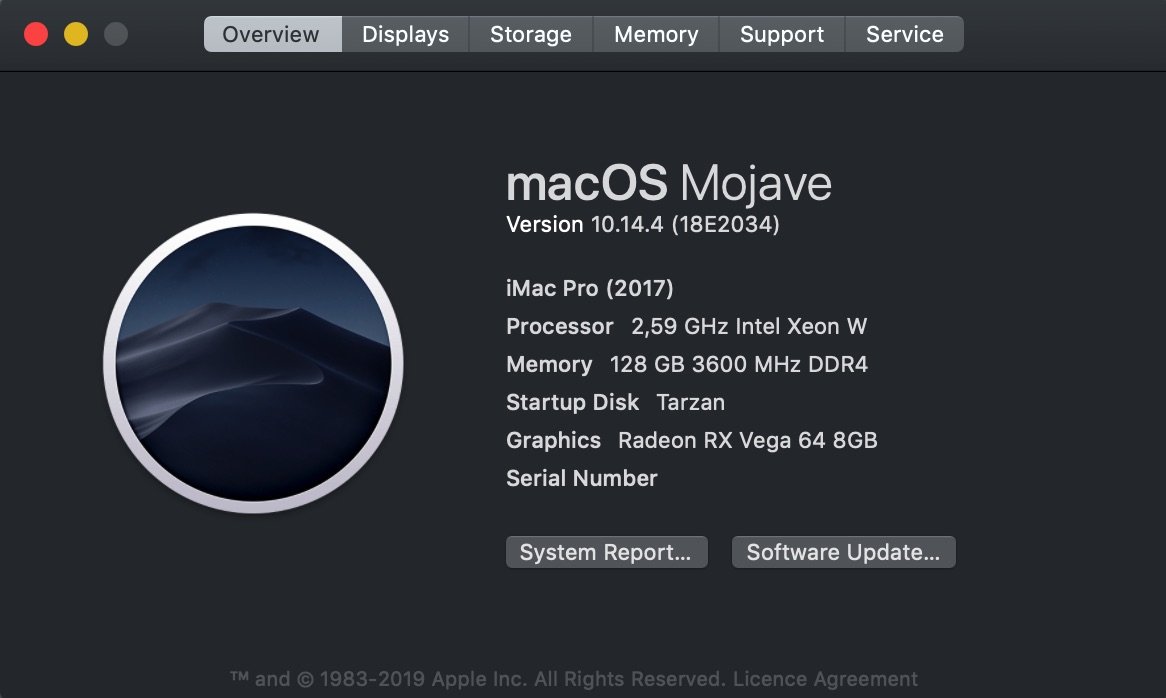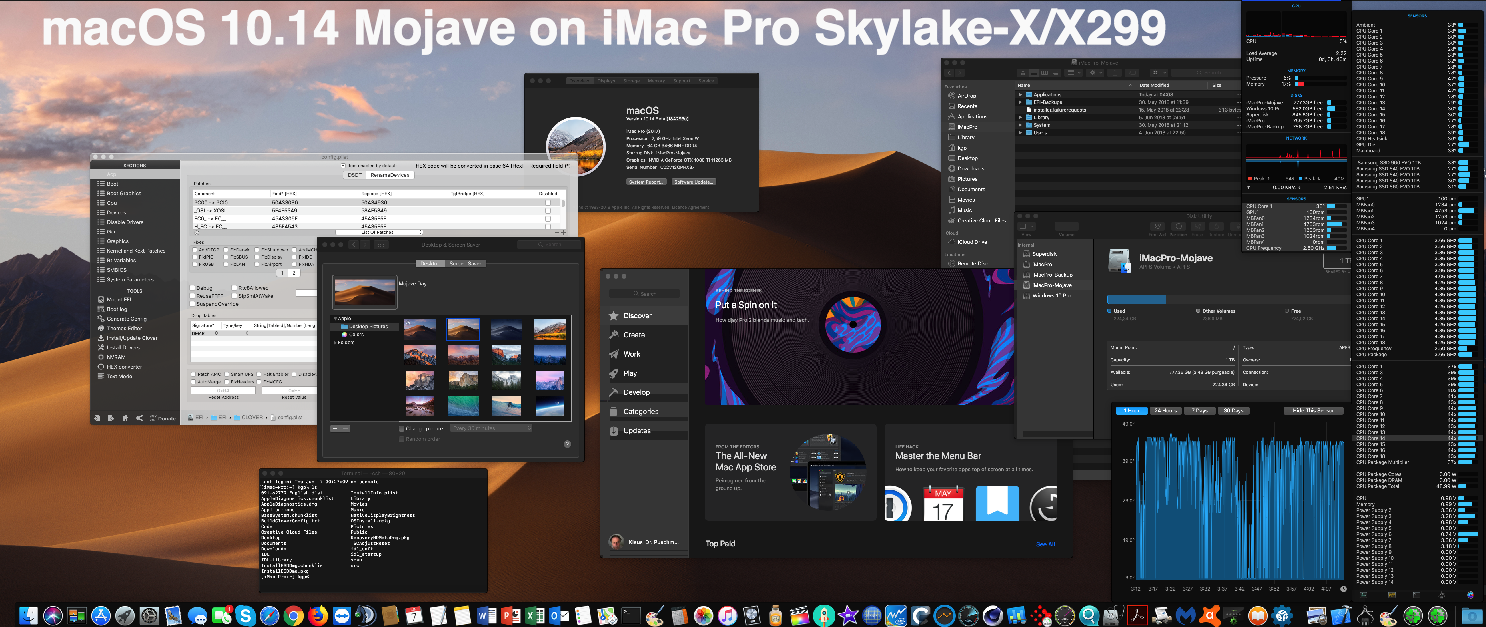SimuLTE is an innovative simulation tool enabling complex system level performance-evaluation of LTE and LTE Advanced networks (3GPP Release 8 and beyond) for the OMNeT++ framework.
SimuLTE is written in C++ and is fully customizable with a simple pluggable interface. One can also develop new modules implementing new algorithms and protocols.
SimuLTE is an open source project building on top of OMNeT++ and INET Framework. Participation and contributions are welcome.
Using SimuLTE
# For Mac OS X users, make sure XQuartz is pre-installed as SUMO's dependency # git clone. Cd # Follow the instructions given by prompt for setting up the SUMOHOME environment variable./installdeps.sh # verify sumo is = 1.5.0 # if you have issues see./doc/SUMOTROUBLESHOOTING.md sumo # setup virtual environment; presently. I saved my files in a folder called Sites, which used to be there by default in older versions of Mac OS, when it was more common for users to test websites locally on their home computers. As of OS 10.12, the sites icon will still appear for a newly-created Sites directory. Oct 3, 2020 - Explore Ghazanfar Hashmi's board 'Cracksumo.com' on Pinterest. See more ideas about crack, data recovery tools, music converter. Webots is an open source and multi-platform desktop application used to simulate robots. It provides a complete development environment to model, program and simulate robots. It has been designed for a professional use, and it is widely used in industry, education and research. Cyberbotics Ltd. Maintains Webots as its main product continuously.
The idea behind SimuLTE is to let researchers simulate and benchmark their solutions on an easy-to-use framework. It borrows the concept of modularity from OMNeT++ thus it is easy to extend. Moreover it can be integrated with other modules from the INET Framework. It offers support to optimization tools (e.g. solver like Cplex).
SimuLTE can also work with Veins, in order to simulate LTE-capable vehicular networks. Click here for more information.
System Requirements
SimuLTE can be used on any system compatible with OMNeT++ (Windows, Linux, or Mac OS X). See OMNeT++ page for more info.If you are looking for free software, you can use the now abandoned Microsoft Robotics Studio.It has a virtual robot simulator. The project was shut down around the same time the EV3 was released, so I doubt that there is a virtual EV3.
SimuLTE requires:- OMNeT++ v5.6.2
- INET-Framework v4.2.2
Main Features
| APPS: VoIP GSM AMR, Video Streaming H.264, Real-time gaming, FTP, etc. | RLC: UM and AM segmentation and reassembly retransmissions (AM only). | MAC: Buffering, PDU concatenation, CQI reception, transport format selection and resource allocation, Coding designed to facilitate cross-layer analysis. |
| PHY: transmit diversity using SINR curves, channel feedback computation. Realistic Channel Model | User Terminals: Mobility, Interference, All types of traffic, Built-in applications: VoIP, gaming, VoD, web, etc., handover, D2D communications (click here for details) | E-NodeB: Macro, micro, pico eNodeBs, Inter-eNB Coordination through X2 interface, Support for handover, Support for CoMP, Scheduling algorithms: Max C/I, Proportional Fair, Round Robin, etc. |

Core Contributors
SimuLTE is a project of the Computer Networking Group of the University of Pisa, Italy.Responsible People:
- Giovanni Nardini (webpage)
- Giovanni Stea (webpage)
- Antonio Virdis (webpage)
Released:
Scalable Multi-Agent RL Training School
Project description
SMARTS (Scalable Multi-Agent RL Training School) is a simulation platform for reinforcement learning and multi-agent research on autonomous driving. Its focus is on realistic and diverse interactions. It is part of the XingTian suite of RL platforms from Huawei Noah's Ark Lab.
Check out the paper at SMARTS: Scalable Multi-Agent Reinforcement Learning Training School for Autonomous Driving for background on some of the project goals.
Multi-Agent experiment as simple as...
Setup
Running
Kinski Sumo Test Build Mac Os 11
We use supervisord to run SMARTS together with it's supporting processes. To run the default example simply build a scenario and start supervisord:
With supervisord running, visit http://localhost:8081/ in your browser to view your experiment.
See ./envision/README.md for more information on Envision, our front-end visualization tool.
Several example scripts are provided under SMARTS/examples, as well as a handful of scenarios under SMARTS/scenarios. You can create your own scenarios using the Scenario Studio. Here's how you can use one of the example scripts with a scenario.
Documentation
Documentation is available at smarts.readthedocs.io
CLI tool
SMARTS provides a command-line tool to interact with scenario studio and Envision.
Usage
Commands:
- envision
- scenario
- zoo
Subcommands of scenario:
- build-all: Generate all scenarios under the given directories
- build: Generate a single scenario
- clean: Clean generated artifacts
Subcommands of envision:
- start: start envision server
Subcommands of zoo:
- zoo: Build an agent, used for submitting to the agent-zoo
Examples:
Interfacing with Gym
See the provided ready-to-go scripts under the examples/ directory.
Contributing
Please read Contributing
Bug reports
Please read how to create a bug report and then open an issue here.
Building Docs Locally
Assuming you have run pip install .[dev].
Extras
Visualizing Agent Observations
If you want to easily visualize observations you can use our Visdom integration. Start the visdom server before running your scenario,
And in your experiment, start your environment with visdom=True
Interfacing w/ PyMARL and malib
PyMARL and malib have been open-sourced. You can run them via,
Using Docker
If you're comfortable using docker or are on a platform without suitable support to easily run SMARTS (e.g. an older version of Ubuntu) you can run the following,
(For those who have permissions:) if you want to push new images to our public dockerhub registry run,
Troubleshooting
General
In many cases additinal run logs are located at '~/.smarts'. These can sometimes be helpful.
SUMO
SUMO can have some problems in setup. Please look through the following for support for SUMO:
- If you are having issues see: SETUP and SUMO TROUBLESHOOTING
- If you wish to find binaries: SUMO Download Page
- If you wish to compile from source see: SUMO Build Instructions.
- Please note that building SUMO may not install other vital dependencies that SUMO requires to run.
- If you build from the git repository we recommend you use: SUMO version 1.7.0 or higher

Core Contributors
SimuLTE is a project of the Computer Networking Group of the University of Pisa, Italy.Responsible People:
- Giovanni Nardini (webpage)
- Giovanni Stea (webpage)
- Antonio Virdis (webpage)
Released:
Scalable Multi-Agent RL Training School
Project description
SMARTS (Scalable Multi-Agent RL Training School) is a simulation platform for reinforcement learning and multi-agent research on autonomous driving. Its focus is on realistic and diverse interactions. It is part of the XingTian suite of RL platforms from Huawei Noah's Ark Lab.
Check out the paper at SMARTS: Scalable Multi-Agent Reinforcement Learning Training School for Autonomous Driving for background on some of the project goals.
Multi-Agent experiment as simple as...
Setup
Running
Kinski Sumo Test Build Mac Os 11
We use supervisord to run SMARTS together with it's supporting processes. To run the default example simply build a scenario and start supervisord:
With supervisord running, visit http://localhost:8081/ in your browser to view your experiment.
See ./envision/README.md for more information on Envision, our front-end visualization tool.
Several example scripts are provided under SMARTS/examples, as well as a handful of scenarios under SMARTS/scenarios. You can create your own scenarios using the Scenario Studio. Here's how you can use one of the example scripts with a scenario.
Documentation
Documentation is available at smarts.readthedocs.io
CLI tool
SMARTS provides a command-line tool to interact with scenario studio and Envision.
Usage
Commands:
- envision
- scenario
- zoo
Subcommands of scenario:
- build-all: Generate all scenarios under the given directories
- build: Generate a single scenario
- clean: Clean generated artifacts
Subcommands of envision:
- start: start envision server
Subcommands of zoo:
- zoo: Build an agent, used for submitting to the agent-zoo
Examples:
Interfacing with Gym
See the provided ready-to-go scripts under the examples/ directory.
Contributing
Please read Contributing
Bug reports
Please read how to create a bug report and then open an issue here.
Building Docs Locally
Assuming you have run pip install .[dev].
Extras
Visualizing Agent Observations
If you want to easily visualize observations you can use our Visdom integration. Start the visdom server before running your scenario,
And in your experiment, start your environment with visdom=True
Interfacing w/ PyMARL and malib
PyMARL and malib have been open-sourced. You can run them via,
Using Docker
If you're comfortable using docker or are on a platform without suitable support to easily run SMARTS (e.g. an older version of Ubuntu) you can run the following,
(For those who have permissions:) if you want to push new images to our public dockerhub registry run,
Troubleshooting
General
In many cases additinal run logs are located at '~/.smarts'. These can sometimes be helpful.
SUMO
SUMO can have some problems in setup. Please look through the following for support for SUMO:
- If you are having issues see: SETUP and SUMO TROUBLESHOOTING
- If you wish to find binaries: SUMO Download Page
- If you wish to compile from source see: SUMO Build Instructions.
- Please note that building SUMO may not install other vital dependencies that SUMO requires to run.
- If you build from the git repository we recommend you use: SUMO version 1.7.0 or higher
Citing SMARTS
If you use SMARTS in your research, please cite the paper. In BibTeX format:
Release historyRelease notifications | RSS feed
0.4.15
0.4.15rc0 pre-release
0.4.14.post2
0.4.14.post1
0.4.14
0.4.14rc0 pre-release
0.4.13
0.4.12
0.4.11
0.4.10
0.4.9
0.4.8
Kinski Sumo Test Build Mac Os Catalina
0.4.7
0.4.6.post0
0.4.6
0.4.5
0.4.4
0.4.3
0.4.2
Download files
Download the file for your platform. If you're not sure which to choose, learn more about installing packages.
| Filename, size | File type | Python version | Upload date | Hashes |
|---|---|---|---|---|
| Filename, size smarts-0.4.15-py3-none-any.whl (4.5 MB) | File type Wheel | Python version py3 | Upload date | Hashes |
Hashes for smarts-0.4.15-py3-none-any.whl
| Algorithm | Hash digest |
|---|---|
| SHA256 | 951b12bf0a271ca65589628c07b165a4faa3ea64b6173618cfab8bb1c8cf0e79 |
| MD5 | 770d959dd0e3edf71faf7b674ae362ad |
| BLAKE2-256 | ae421aef09f9cb049e4ef92f7bee9b21ef78e096fd891d354d1c6b15a281b78d |

